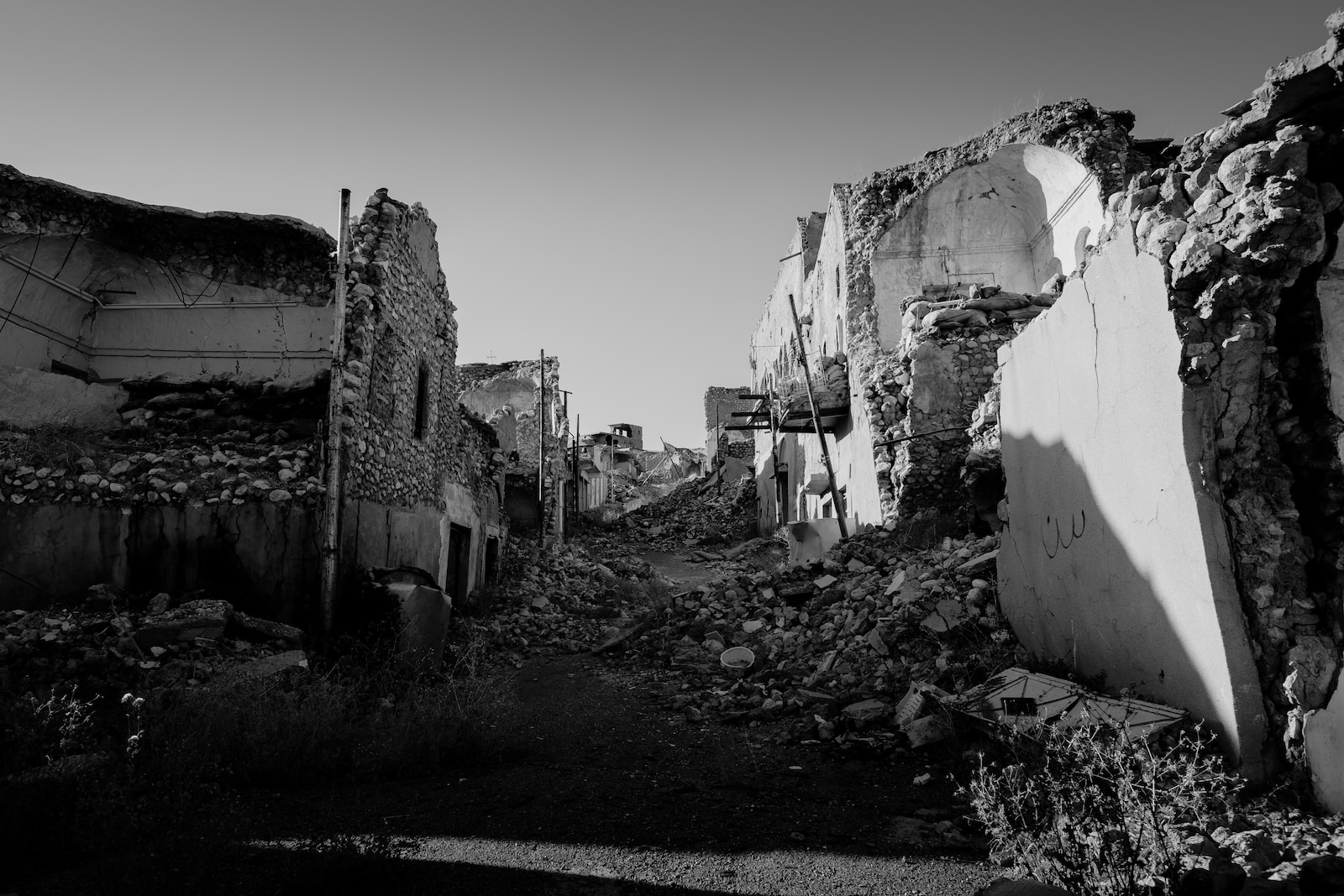By Eric Gozlan
Creating economic ties to ensure peace is a fundamental principle of geopolitical relations. The best example is Western Europe, which has been at peace since 1945 thanks to political agreements but mainly economic ones among the states that make up the European Union.
The establishment of common economic interests is a credible path to ensure the stability of the South Caucasus, in addition to compelling each party to recognize the territorial integrity of their neighbor.
When reading certain statements from the leaders of Azerbaijan and Armenia, it becomes clear that they share a common goal: to end the long-standing war in the South Caucasus.
After Armenia recognized Karabakh as a part of Azerbaijan and lost control over Karabakh during September military operations. This territorial loss removes the only permanent obstacle to any normalization of its relations with Azerbaijan. Both countries share a common goal: to bring the South Caucasus, one of the world’s least infrastructure-endowed regions, out of isolation and increase its connectivity to Asia and Europe.
Until now, the border between Armenia, Azerbaijan, and Turkey has been closed, and for Azerbaijan, the export of hydrocarbons to Europe depends on the transit possibilities through Georgia.
Peace through Economics
Economic peace between Armenia and Azerbaijan could bring numerous benefits:
Economic Growth: Stability fosters an environment conducive to economic growth. Both countries could benefit from increased foreign investments and expansion of their economic sectors.
Trade: The end of hostilities would facilitate cross-border trade, creating opportunities for export and import, stimulating both economies by expanding their respective markets.
Economic Cooperation: The South Caucasus is strategically important for energy. Economic peace could foster cooperation in the energy sector, facilitating the construction and use of pipelines and energy infrastructure.
Tourism: Peace eliminates security-related obstacles, fostering tourism growth. Both countries could benefit from the rise in tourism, attracting international visitors and boosting local economies.
Job Creation: A stable and growing economy creates job opportunities. Peace would promote job creation in various sectors, contributing to reducing unemployment and improving living conditions.
Economic Infrastructure: Economic cooperation could lead to the development of cross-border infrastructure, such as roads, bridges, and railway connections, facilitating cross-border trade and strengthening ties between the two countries.
Financial Stability: Economic peace would contribute to financial stability, enhancing investor confidence and promoting the development of the financial sector.
Zangezur Corridor, Development Opportunity
If both parties agree to open the Zangezur Corridor, it will serve as a means to connect these two countries to Turkey, Russia, Central Asia, and Europe. It is important to note that both NATO and Russia support the opening of this corridor.
The Zangezur Corridor would facilitate commercial exchanges between the countries in the region in a short period through an expansion of transport networks. This opening would also increase international transportation in the “north-south” international corridor, also known as the “middle” corridor.
Following the opening of the Zangezur Corridor, the region’s appeal to investors would only grow stronger.
Countries Hindering Peace
Russia can be an obstacle to peace. It is well-established that Moscow deliberately maintained the “frozen conflict” in Nagorno-Karabakh and perpetuated instability in the region to preserve its influence and undermine Western interests in Eurasia.
Iran has been trying for years to strengthen its religious influence over Azerbaijan’s citizens. The government in Baku remains firm against this Islamist propagation. For the Mullahs, the rapprochement between Baku and Jerusalem is a crime, and they will do everything to ensure that the opening of the Zangezur corridor will not succeed.
Economic peace between Azerbaijan and Armenia and the opening of the Zangezur Corridor could create an environment conducive to mutual prosperity, fostering economic growth, trade, and cooperation in various sectors.














